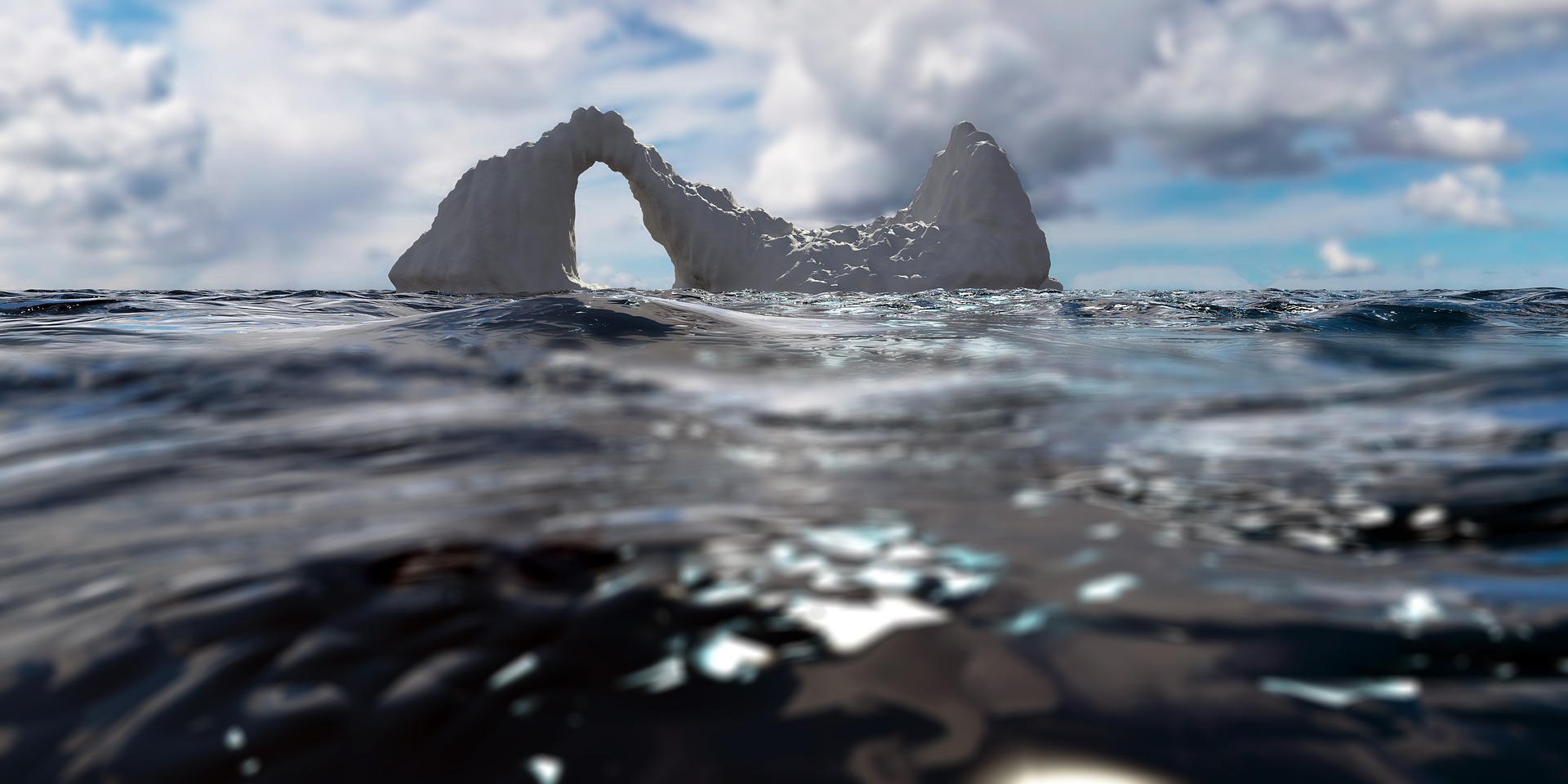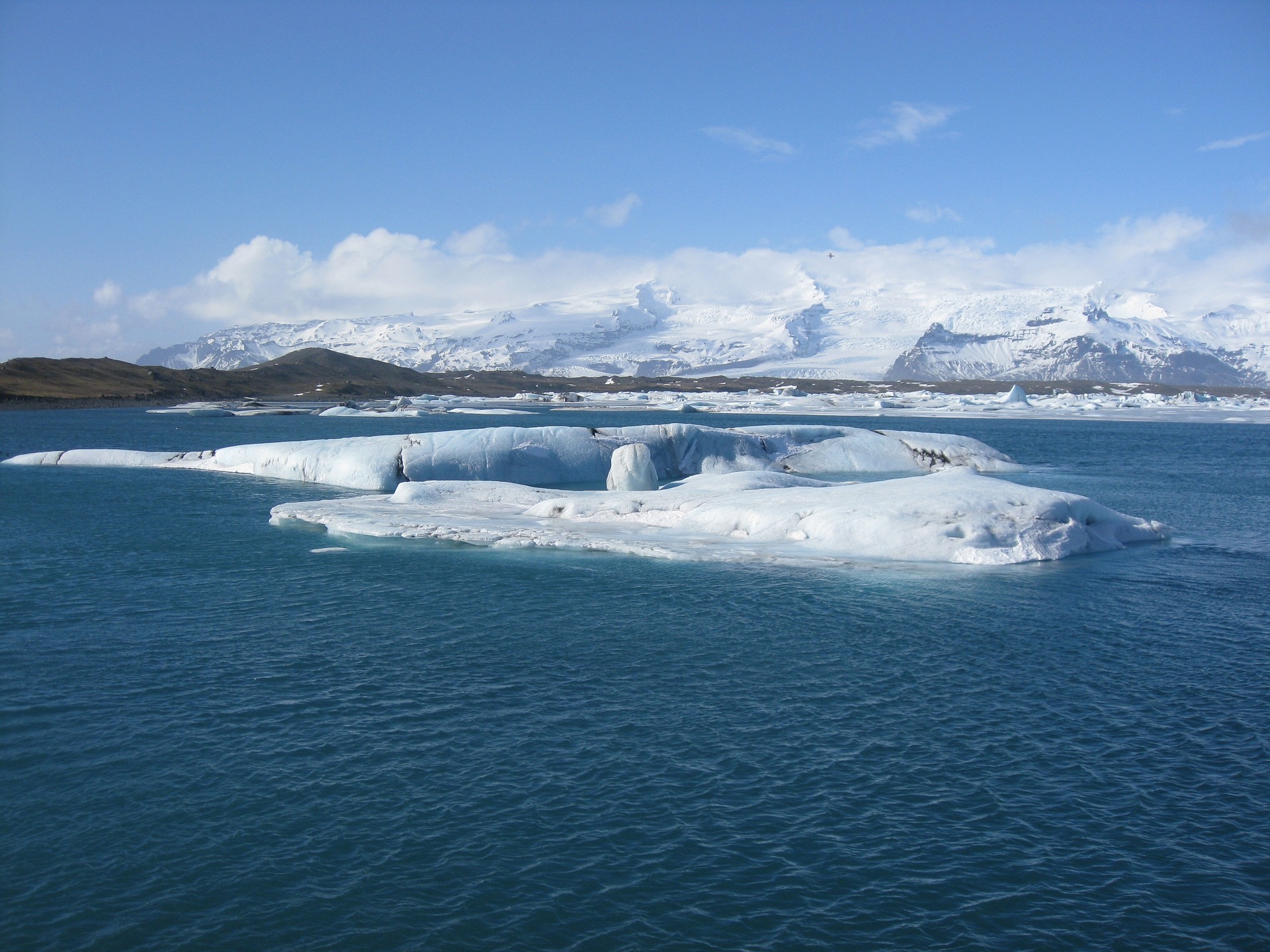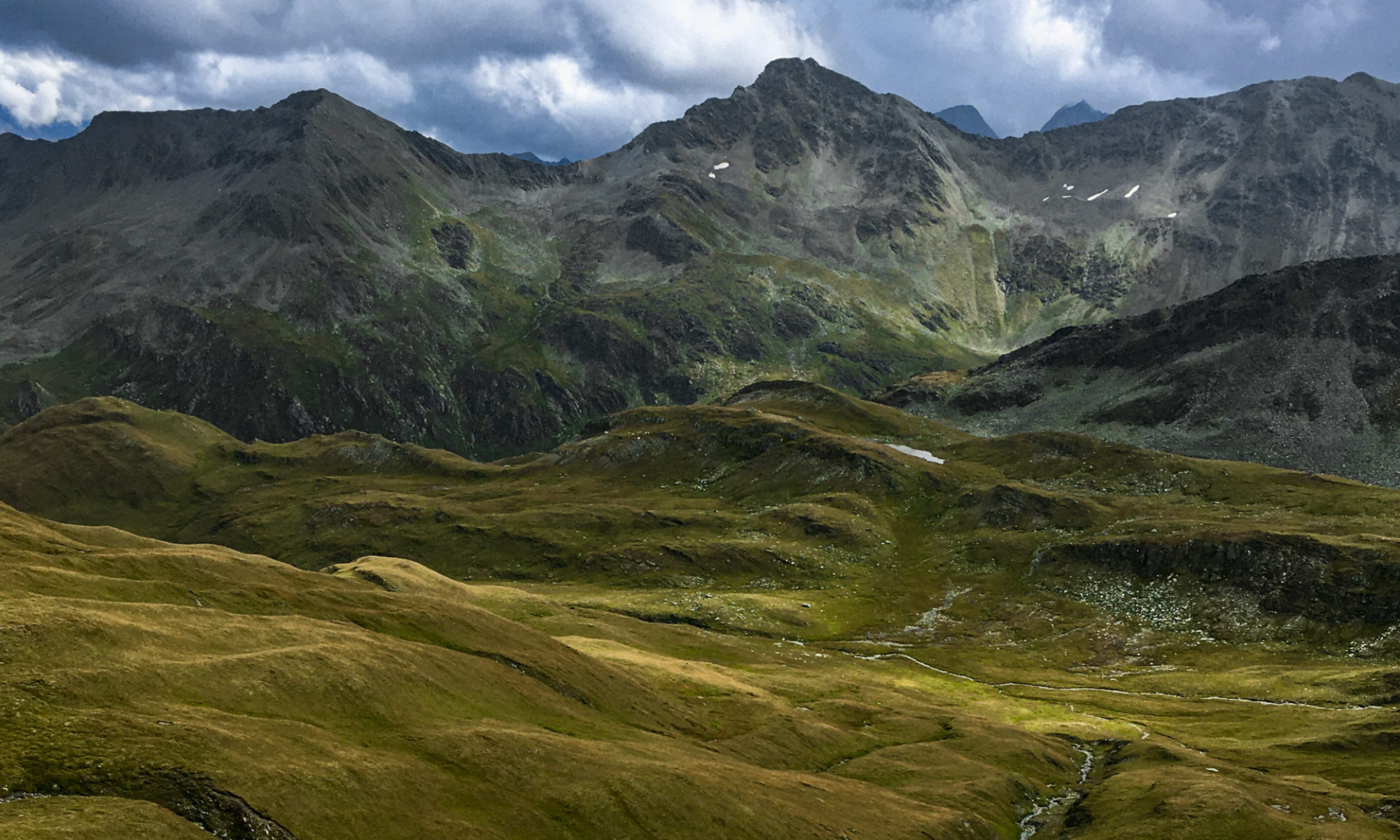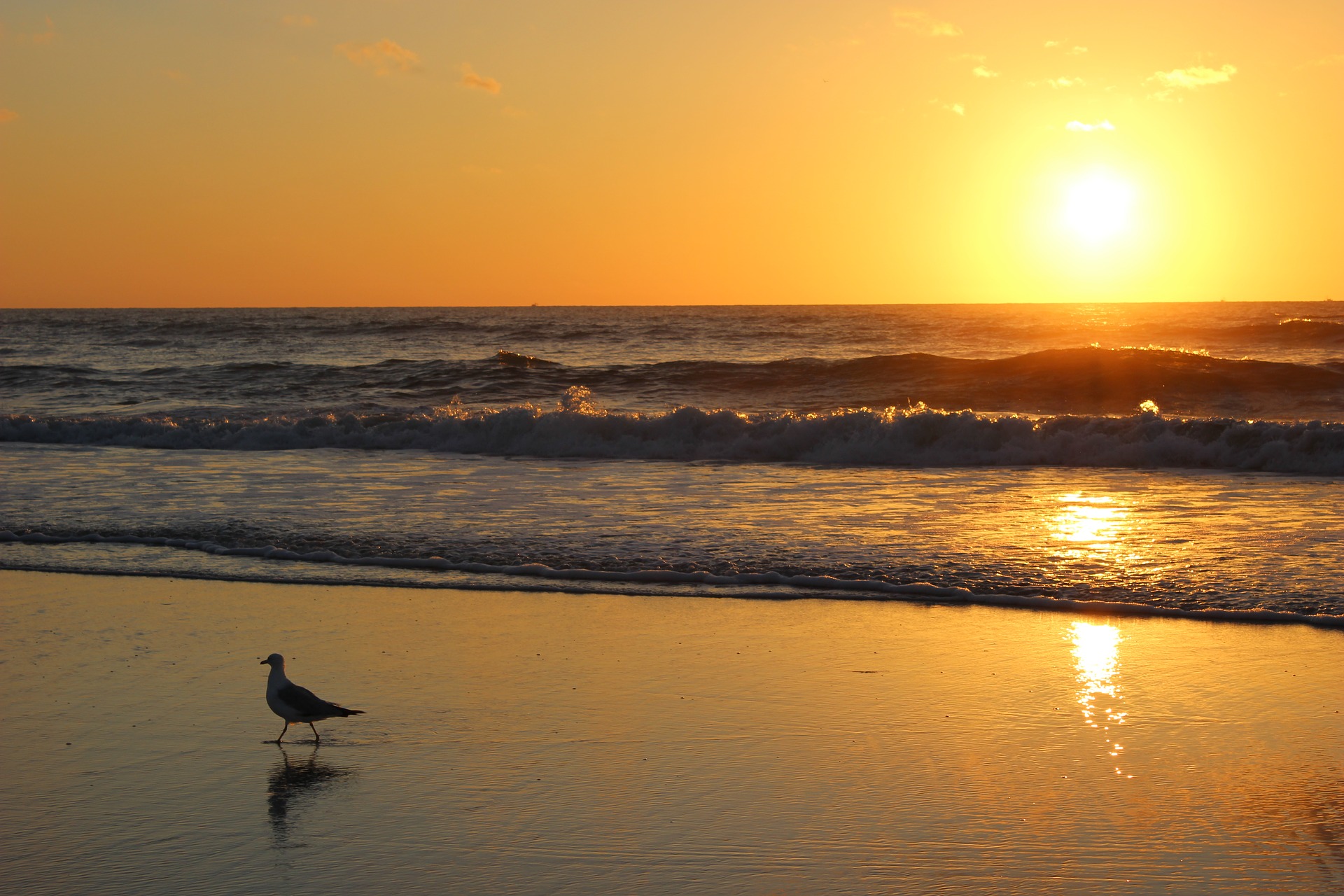
Human activities may have forced that the Arctic Ocean and the Atlantic are becoming more and more similar. How have we done that, is it normal and if not, what do we need to do to calm the merging of those important habitats? You can read the answers to those questions here:
Especially since the last century, the intensity of our economic activities has increased. This includes how we move from A to B, harnessing energy, polluting the soil, water and air, exploiting resources and much more.
We as a species developed a lot and those steps were important to realize how we can establish a good infrastructure for all the processes that make our living as we know it.
 Every generation has its own challenges, and we reached the time to improve our systems, or the earth with all its nature, may not support our lifestyles any longer. In addition, we as humans own the responsibility to prevent with the best intention serious changes like the fusion of the Atlantic with the Arctic Ocean.
Every generation has its own challenges, and we reached the time to improve our systems, or the earth with all its nature, may not support our lifestyles any longer. In addition, we as humans own the responsibility to prevent with the best intention serious changes like the fusion of the Atlantic with the Arctic Ocean.
Fjords, formed by Glaciers, impress with their beauty and their unique nature, which sets it apart from the rest of the world. But even today, this landscape has changed dramatically on the west coast of Svalbard and the Arctic Ocean.
This winter, temperatures in the Arctic were even higher than those in Central Europe.
Arctic habitats
The Arctic is characterized lower density and variety of species. This is due to the darkness, but also to the cold climate and less quantity of salt, which does not provide favourable living conditions for many animals. 2500 species found their home in the arctic ocean.

The Atlantic
The North Atlantic, on the other hand, can contain up to 20,000 species. He is warmer and has a higher salt content. These differences have influences on ecosystems and also the order of water layers. Normally warm water rises to the surface, but because of the density and amount of salt, the warm water from the Atlantic flows along the seabed.
How could that happen?
In recent years, the Atlantic has been warmed by rising air temperatures. As we know today, most of our past activities have caused the accumulation of greenhouse gases in the atmosphere and heat up not only the air but also the oceans. This causes for example that the Arctic Ocean, with a water temperature of 2.8 to 3.8 ° C, hardly freezes anymore. This layer of ice is highly important for species like Polar bears, but also has an influence on the global climate.

New Species displace residents
By changing the water body, other living beings settle. In this case, new species migrate into the Arctic Ocean with warm waters and biodiversity increases. Basically, this is nothing bad, but living beings are suffering from the new conditions and the competition. Typical species of the Arctic are thus displaced and as an effect of this development, the feed basis for resident like birds decreases.

Due to the warm temperature of the water and the air ice is melting, which is dramatic for polar bears. They hunt seals and without the ice surface, they struggle to reach hot spots for food gaining and end hungry on an ice floe.
Until now the ecosystem of the Arctic Ocean is able to deal with the Influences of the Atlantic and climate change, but if a certain point is exceeded, which we cannot estimate, a whole ecosystem can collapse.
There are future questions of how the world will change, which species can survive and how the climate will change. In the present, everybody has the possibility to influence this change with a more sustainable way of living rather than contributing to a burden of nature.

